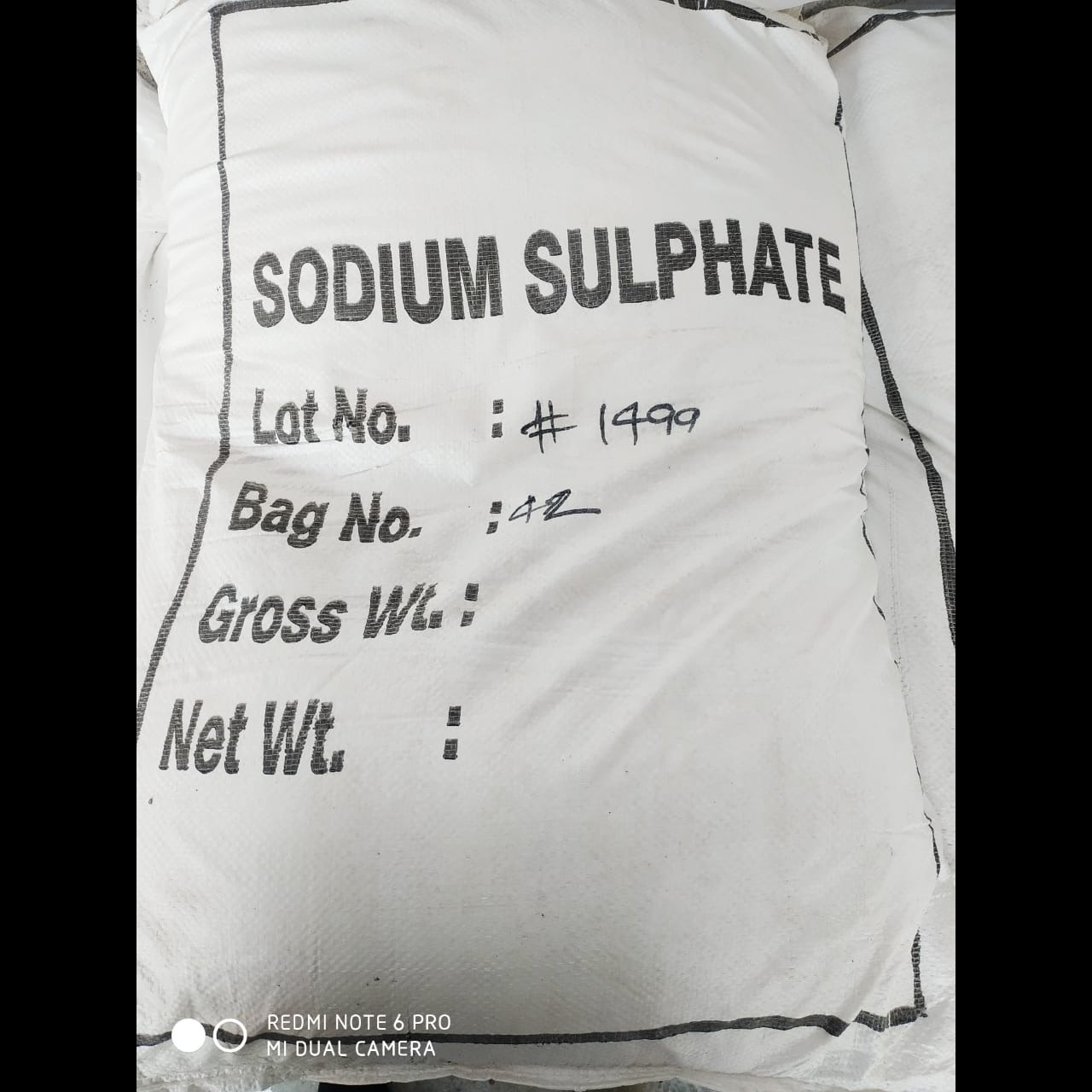
Sodium Sulphate in Cement & Plaster Applications
🔹 1. Role in Cement Chemistry
Sodium sulphate (Na₂SO₄) can react with various components of cement during the hydration process.
When added in small, controlled amounts, it influences the setting time, strength development, and workability of cement.
Key Reactions:
Sodium sulphate reacts with calcium aluminate (C₃A) in cement to form ettringite (calcium sulphoaluminate) early in the hydration process.
3
𝐶
𝑎
𝑂
⋅
𝐴
𝑙
2
𝑂
3
+
3
(
𝐶
𝑎
𝑆
𝑂
4
⋅
2
𝐻
2
𝑂
)
+
26
𝐻
2
𝑂
→
3
𝐶
𝑎
𝑂
⋅
𝐴
𝑙
2
𝑂
3
⋅
3
𝐶
𝑎
𝑆
𝑂
4
⋅
32
𝐻
2
𝑂
3CaO⋅Al
2
O
3
+3(CaSO
4
⋅2H
2
O)+26H
2
O→3CaO⋅Al
2
O
3
⋅3CaSO
4
⋅32H
2
O
This formation releases heat and promotes early setting and strength.
🔹 2. Controlling Setting Time
Small addition (0.1–0.5%) of Na₂SO₄ accelerates setting of cement and plaster.
It is particularly useful in cold climates or when rapid hardening is desired.
In contrast, excessive sodium sulphate (>1%) can retard setting and cause long-term expansion problems.
Mechanism:
Sodium ions (Na⁺) enhance ionic mobility in the cement paste, accelerating hydration of tricalcium silicate (C₃S), the compound mainly responsible for early strength.
🔹 3. Enhancing Early Strength
Acts as a chemical activator, improving early compressive strength of cement mortar or concrete.
It helps in rapid demoulding of precast elements or tiles.
Used in low-heat or slag cements, where early strength development is naturally slow.
🔹 4. Improving Workability
In gypsum-based plaster or POP (Plaster of Paris), sodium sulphate slightly increases fluidity by reducing water requirement.
It ensures better mixing, spreading, and adhesion to surfaces.
🔹 5. Use in Gypsum/Plaster Formulations
In gypsum plaster systems:
Sodium sulphate helps in crystal growth control and accelerates the conversion of hemihydrate (CaSO₄·½H₂O) to dihydrate (CaSO₄·2H₂O).
It results in faster setting and dense microstructure, improving hardness and durability of plastered surfaces.
🔹 6. Limitations & Cautions
While beneficial in small doses, excessive sodium sulphate can be harmful:
It can cause efflorescence (white salt deposits on the surface).
Long-term presence of sulphate ions may lead to sulphate attack, causing expansion and cracking in concrete.
So dosage is critical — typically 0.1–1% by weight of cement.
🔹 7. Industrial Applications
Ready-Mix Concrete Plants – to accelerate curing in cold weather.
Precast Concrete Units – to shorten mould cycle time.
Gypsum & POP Manufacturers – as a setting accelerator and performance enhancer.
Repair Mortars and Quick-Set Plasters – to improve early adhesion and strength.
🔹 8. Summary Table
Function Effect of Na₂SO₄ Application Area
Accelerator Reduces initial and final set time Cold weather concreting, quick repairs
Strength enhancer Improves early compressive strength Precast concrete, tiles
Workability aid Improves mix flow and adhesion Gypsum plasters
Additive in plaster Controls crystal formation, dense surface Interior wall finishes
Chemical activator Enhances hydration reaction Slag/blended cements
Detergent Industry: As a filler in powdered laundry detergents
• Textile Industry: Dyeing and finishing agent
• Glass Manufacturing: Used in refining molten glass
• Paper Industry: For kraft pulping processes
• Other Uses: Ceramics, pharmaceuticals, and lab reagents
Sodium sulphate uses in cement industry by Laxmi Enterprise, Vadodara, Gujarat, India

